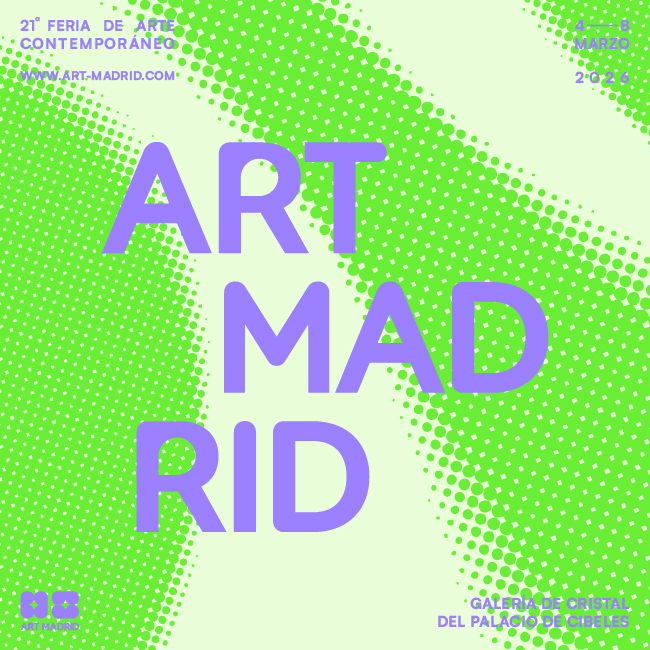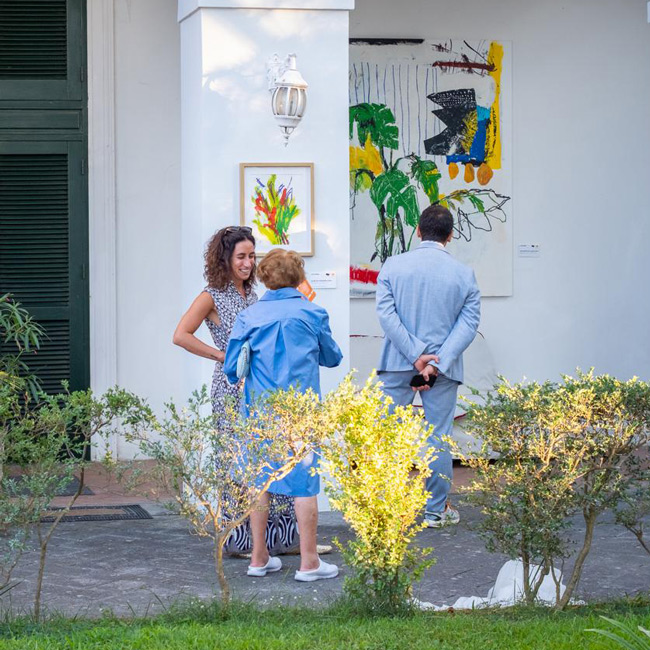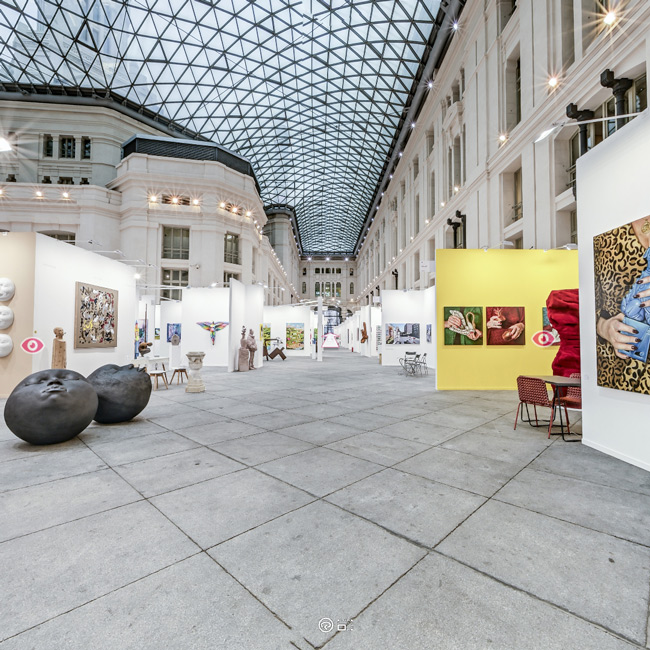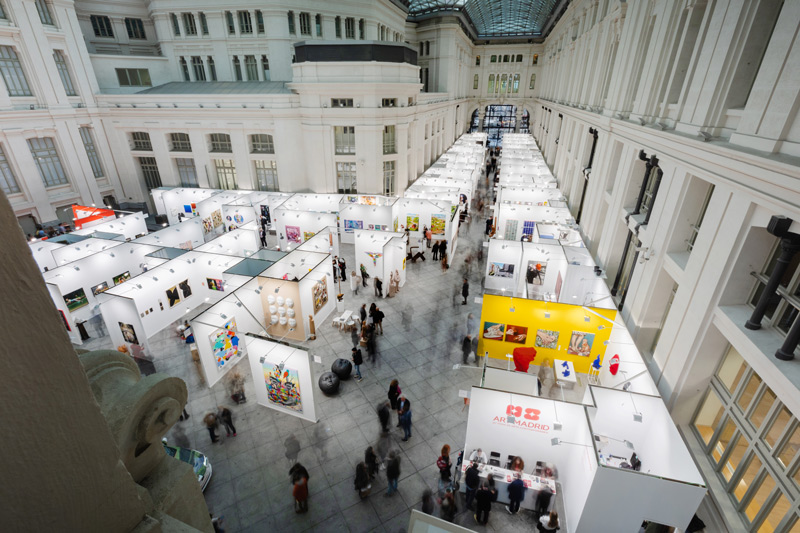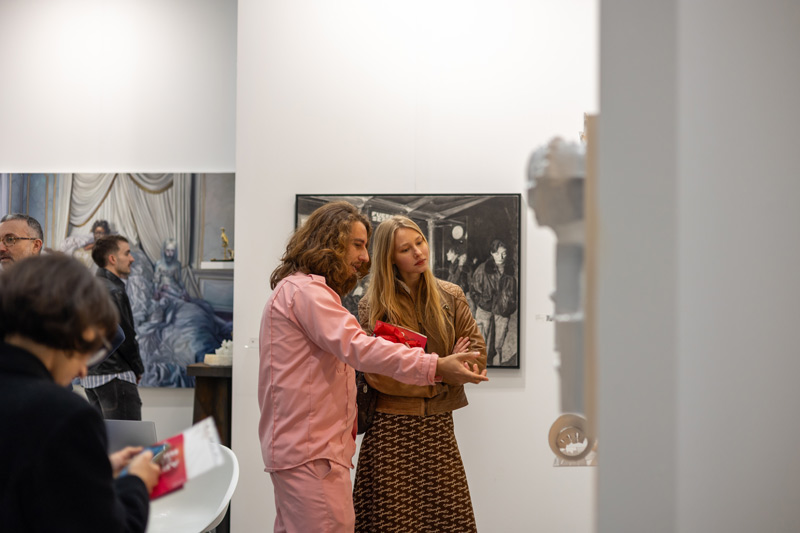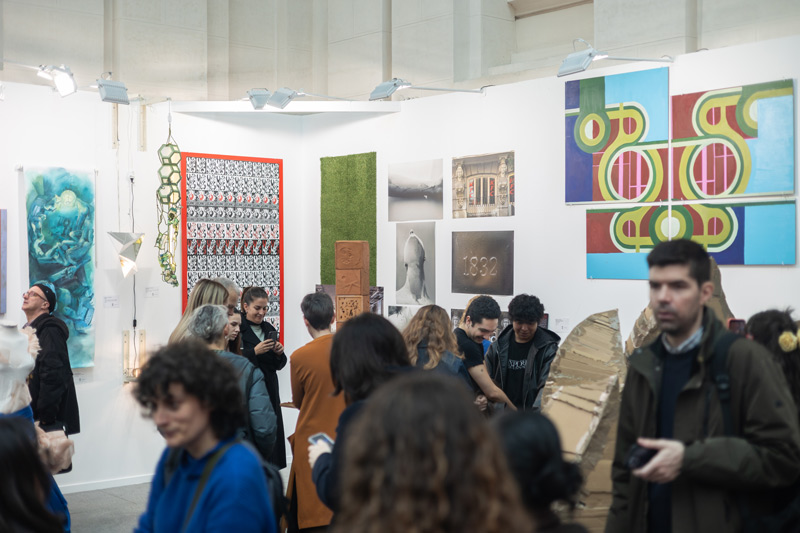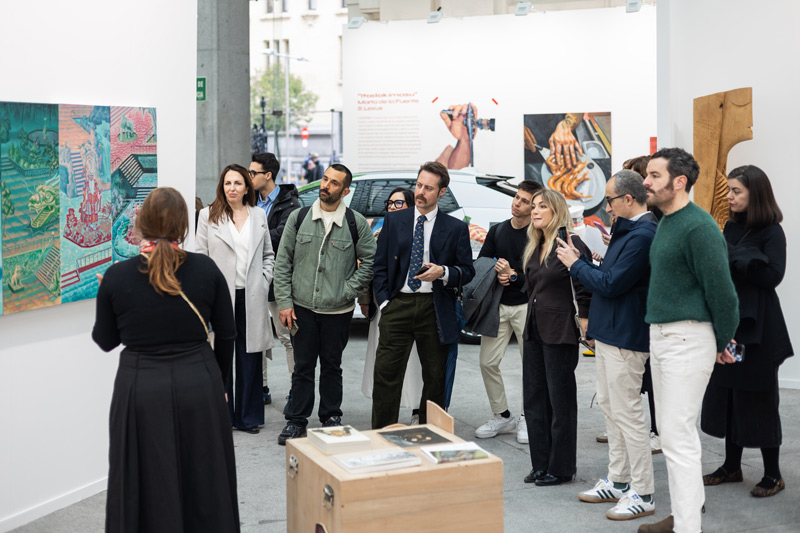LINO LAGO INTERVIEW, AN IRONIC AND CRITICAL ARTIST WITH A COMPLETE TECHNICAL DOMAIN
Jan 22, 2020
art madrid
“Everything that reduces art to a subjective, subconscious and spiritual discourse is a total adulation that discredits the art world”
Lino Lago looking forward inspiration in daily life to create a painting with a great conceptual load. In his most recent series entitled Fake Abstract, which he will exhibit at Art Madrid with the Moret Art Gallery, he plays with the characteristic elements of abstract painting: line and colour, where under a painting of flat colours they are guessed, through lines, famous classic portraits.
His work has been exhibited in renowned national and international spaces such as the Flint Institute of Michigan and the outstanding George Adams Gallery in New York and has participated in important fairs such as Arco, Art Miami or Art Fair “SH Contemporary 09″ from Shanghai.
Moret Art brings your production back to the Fair. How do you feel your work fits in Art Madrid?
Works of art today reflect the individualism of their authors; works of art are mobile, they travel and fit anywhere. Needless to say that this individualism is a generalized feature. There is another more academic art which is institutionalized art, less free. Art in Institutions and Government museums is the only one that has reliable regulated guidelines when it comes to “fit” in such places. In this case I normally refer to propaganda art. Art Fairs are generally perfect places to find free art (if that were possible, or made sense to some extent, or if we understand art as a social phenomenon based on liberty.)
In your work we can perceive the questioning of the glance as an abstract concept. How do you think contemporary art is viewed today?
There is a social stream that views art with some criticism and skepticism. I think this is healthy and it has a foundation that we do not want to analyze in depth. If we compared it to some other areas we would understand why. For example, in sports we can clearly see a more normal “justice.” He who is objectively faster or stronger wins. Talent in the sports world is something evident and because of that sports are disdained by the world of art. I believe anyone can reach their own conclusions. By all means Art is (in theory) an intellectual phenomenon, which does not mean that art turns intelligent anyone who approaches it, just as anyone who touches a soccer ball is not a Maradona. As an intellectual phenomenon it is impossible for art not to have lots of misguided argumentations, false judgments, sophistry, and hot air.
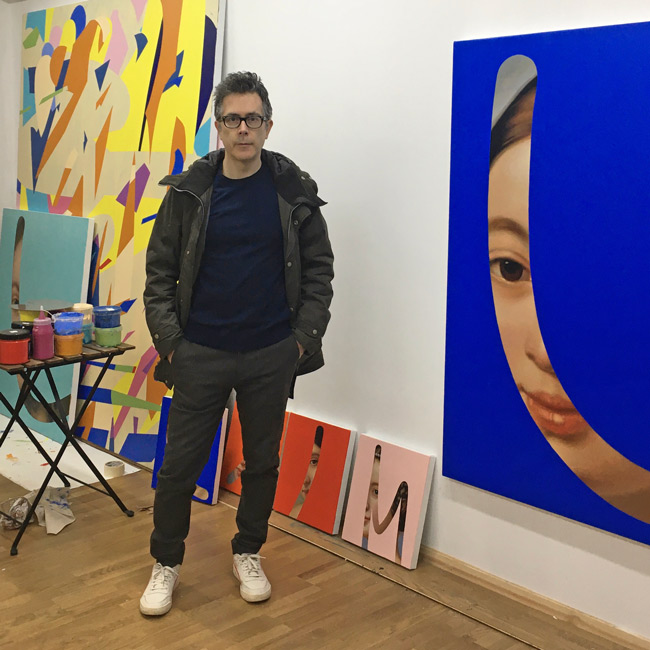
Your work has been recognized internationally on many occasions… Do you believe that artistic recognition is a dynamic facet?
More than dynamic. The results an artist needs are the sequel of the relationship between the artist and his work and society. This is something that is not learnt in any university.
As an artist, what do you feel committed to?
With liberty. This word has almost been shunned from the paraphernalia of today’s art. I am very critical with official art which is nothing but academe. In my work I introduce 19th-century academe as an ironic way of pointing out this problem: I believe that postmodern education and philosophy have been, and still are, a hoax that has diminished the intellectual capability of the humanities.
Criticism through irony over a great technical mastery is your hallmark. Although you have a diverse production… do you feel a unity in your work as a whole? Is that generated consciously or is it a natural artistic trait?
In my case I am aware of it. Besides, it is the process of hard work. To speak of naturalness, and above all to speak of unconsciousness is an aberration. Whatever reduces art to a subjective subconscious or spiritual discourse is an all-out sham that discredits the world of art.
Do you believe that artistic originality is getting to be difficult to find? Is it there where the value of your work rests?
I believe so. Although the difficulty here is to decide what to be original means. In times where the cultural predominance is in the hands of the passing anecdote, the emptiness, and the all goes… perhaps originality might be something else, right?
The gallery Moret Art will present the recent art works of the artists: Daniel Sueiras, Xurxo Gómez-Chao, Miguel Piñeiro, Pilar Diez



